Tony Belas shares five dead-cert ways to destroy a telescopic sight, so that you can avoid them and ensure your own scope lives a long and happy working life...
Modern telescopic sights are incredibly precise instruments with quality and tolerances that just a few years ago would have only been available from a handful of factories around the world, and even then, at a very high cost. Wartime German telescopes were the pinnacle of optical rifle scope engineering, yet a simple £100 scope these days could match its optical quality and function. Most of this progress is because of modern CNC production, but also a huge rise in volume of sales. Eighty years ago, a handful of rifles were fitted with a ‘scope’ – now it’s just a handful that are not.
In the airgun sector, very few of the top-quality pre-charged pneumatic rifles come with open sights and for good reason; the accuracy and performance of modern air rifles make open sights redundant, but whilst scope prices have come down, so has their weight, and robustness has sometimes suffered. As clever as their designs may be, it’s incredibly easy to do major damage to a modern scope, either because of a lack of knowledge on the part of the user, or maybe a momentary lapse of reason. I’ve seen plenty of both.
FIVE PATHS TO TOTAL DESTRUCTION!
Rather than just list a few dos and don’ts, please indulge me in a slightly tongue-in-cheek look at five ways to destroy a scope. These are mostly time-honoured techniques, and scope manufacturers, and importers will have seen all of them –maybe this week! Here are some of the more imaginative techniques that I have either seen myself, or have had described to me by a wild-eyed scope technician.
1) Lens cleaning: Telescopic sight lenses these days feature multi-coating to help with accurate colour transfer and image definition. This can easily be destroyed by scrubbing the lens with a rough or gritty cloth, which effectively turns it into a pan scourer. You might get away with this on a pint glass, but not on scope lenses.
Alternative: The best way not to destroy your scope’s lenses, is to use an air puffer, but if the lens has grease on it, use a new lens cloth with proper lens cleaning solution.
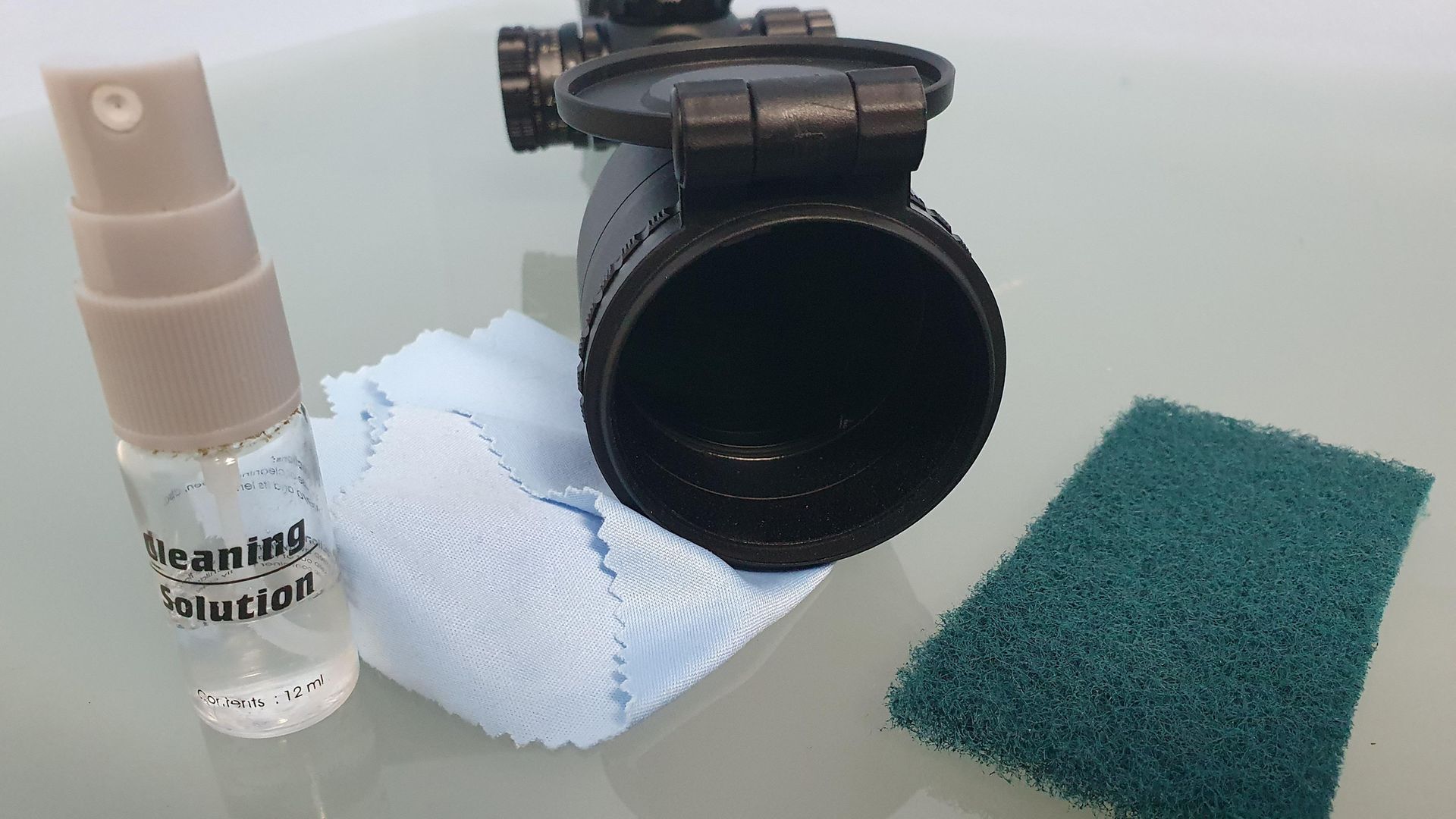 credit: Archant
credit: Archant
2) Turret adjustment: Most scopes have around five full turret turns from fully wound in, to fully wound out – usually translating to 40-60 clicks per revolution. The value of each click depends on the distance to the target and the scope turrets used, but most scopes have a ¼ MOA or .1 mil adjustment, which means that at a range of 25 metres, you get something like 20cm of adjustment.
Ideally, you would have your turrets set somewhere near the middle, but a deadly-effective trick is to force the turret against the end of the adjuster, possibly using a pipe grip. If the turret shears off, this will release the internal spring-loaded drum and give a final additional shift, but of course, it would no longer be adjustable.
Alternative: If you are running out of adjustment, or even anywhere near the end of your turret elevation range, shim up the rear of the scope – placing the shim underneath the rear mount where the tube sits, or even use adjustable mounts. If you are 20cm out on windage, you have a problem that no scope mounting system is going to fix.
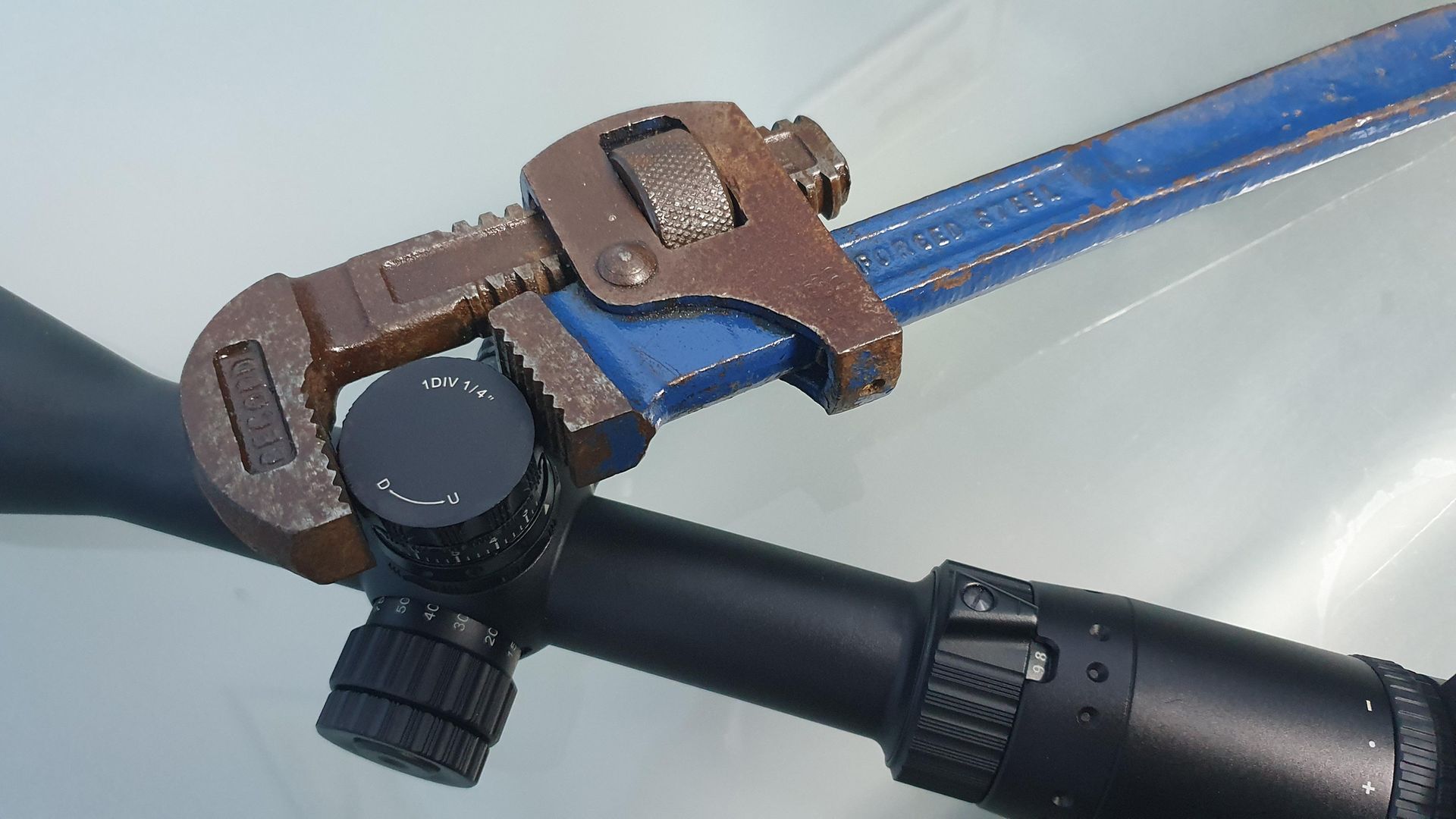 credit: Archant
credit: Archant
3) Mounts: Another way of getting the scope to terminally adjust, is to bend the tube upwards or downwards. On longer, one-inch tube scopes with a higher magnification, this is surprisingly easy to do and can be achieved by just fitting different-height mounts, such as a low mount on the front and a medium on the back. Owners have been known to do this, because they often have loose mounts lying around, and can be in a hurry. Failing that, a pipe-bender can be used because that is certain to do the job.
Alternative: Always use matched pairs of a quality mount, not necessarily the free set that were given to you when you bought the scope and or rifle. Above all, never force anything.
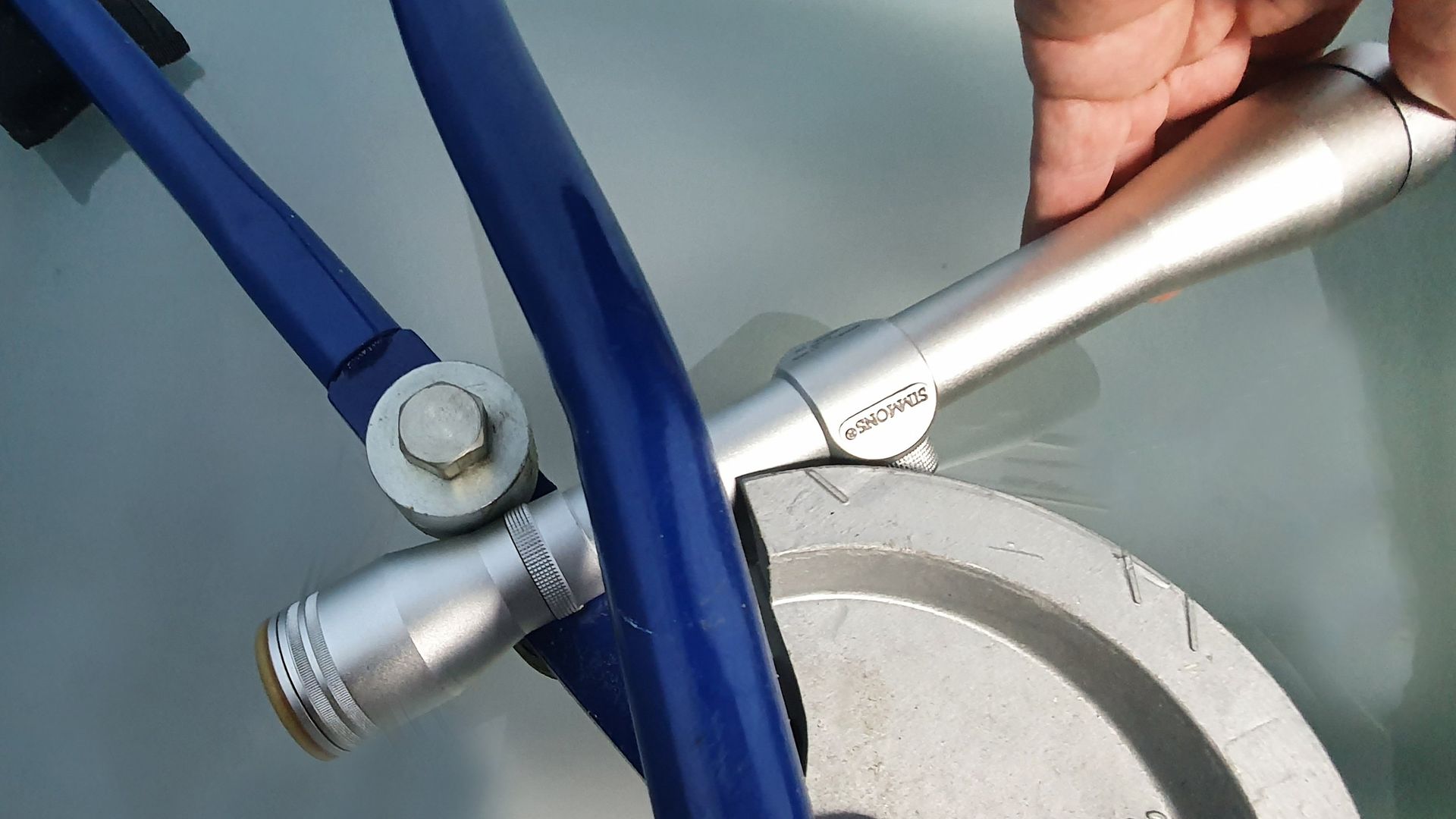 credit: Archant
credit: Archant
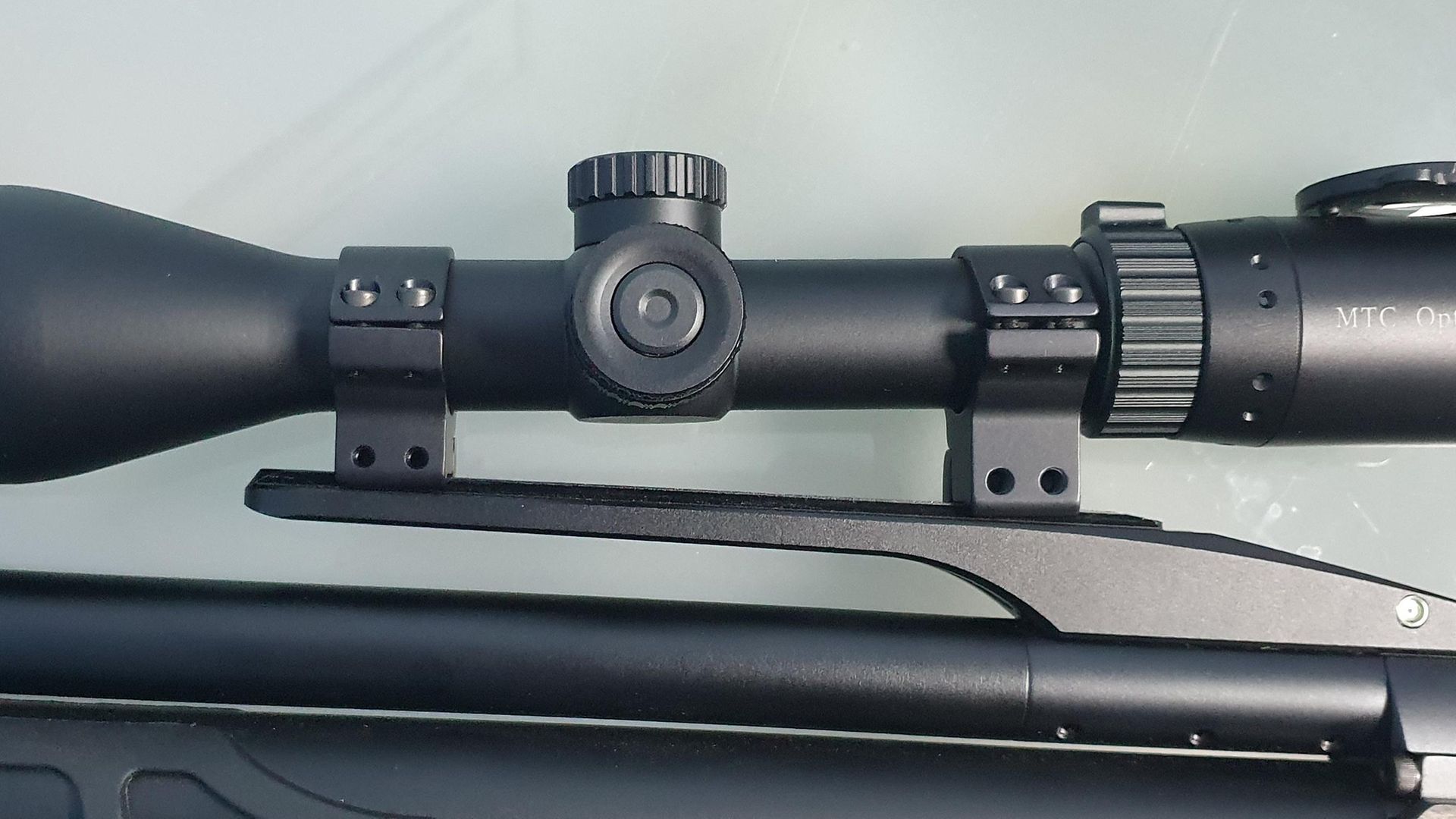 credit: Archant
credit: Archant
4) Dioptre settings: All eyes are different and as we get older our eyesight usually gets worse. To compensate for this, scope manufacturers build in a focus ring on the eye-bell. Adjusting this brings the reticle into focus and if you can’t see the reticle, how can you aim, right? So, it makes sense if you wear glasses to compensate for a shortfall in your vision and to continue to wear them when out shooting.
You would think that seeing clearly when you are walking about with a gun would also be desirable, but many shooters chose to leave their glasses at home. Maybe it’s to make them last longer, or to give any quarry a sporting chance, but what it also does is push the limited range of dioptre adjustment (usually +2/-2 dioptres) to beyond the limit because it is very common to have a prescription of +3/-3, or more. Forcing the eye-bell adjuster out can unscrew it from the scope, and it is quite common for a scope to be returned with this component separate in the box. The good news is, screwing the dioptre adjuster in hard rarely damages the scope.
Alternative - Wear your glasses when out shooting, or consider contact lenses and see your shooting improve immediately.
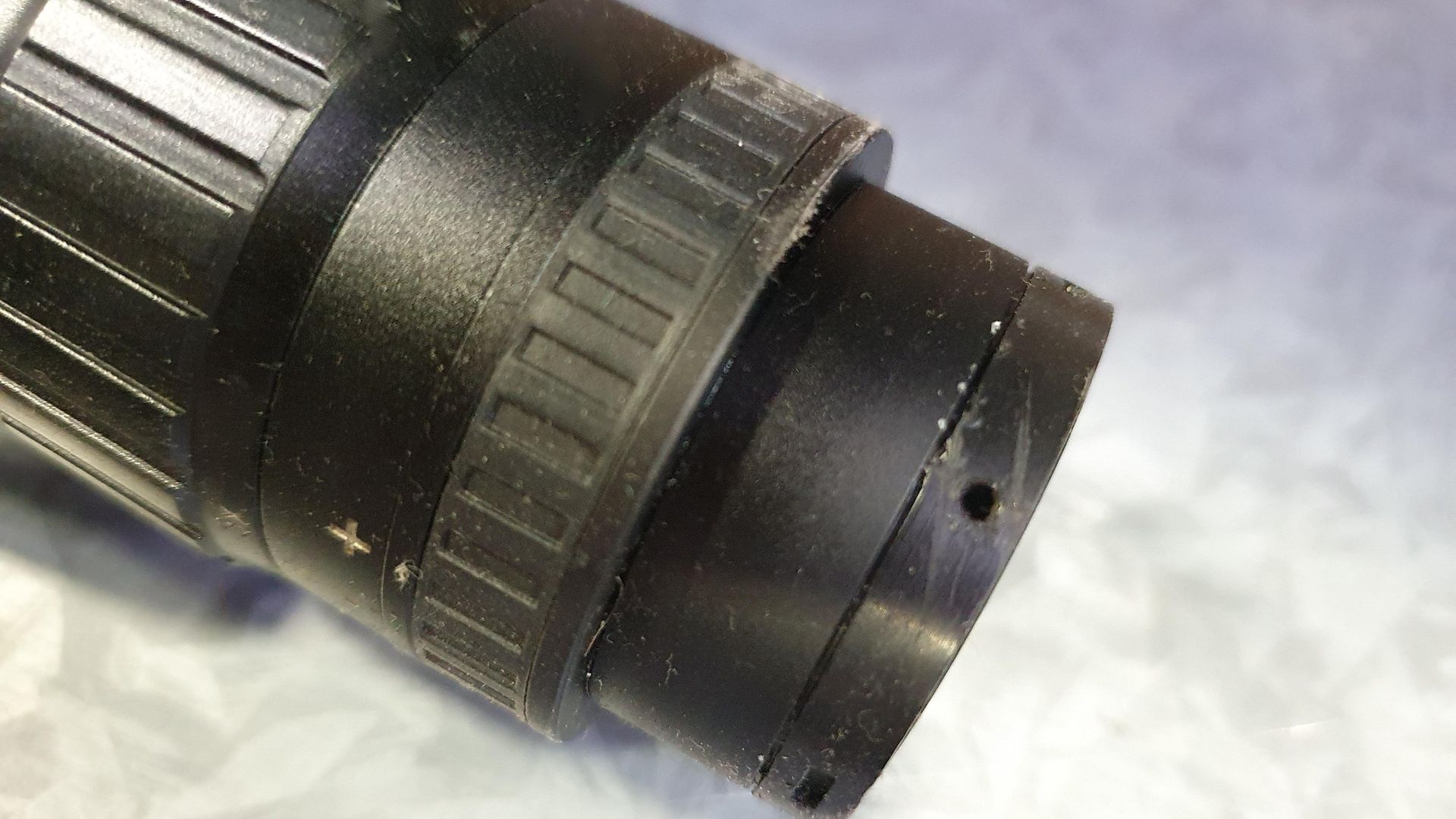 credit: Archant
credit: Archant
5) More mount madness: How tight does it need to be? Scope mounts nearly always use a machine head Allen bolt of varying quality and hardness. Here is where using cheap mounts can pay off because it’s very easy when overtightening on assembly, to strip out the Allen key slightly. A few months, or even years later, when you try to remove them, the now loose key – aided by a touch of bimetallic corrosion – will make the Allen key strip. The advantage to this is that the soft, almost cheese-like metal used will drill out very easily.
Alternative: ‘Tight’ is hand-tight, plus a quarter turn – if that. There is a lot of surface area on the scope and mount, and if you have a PCP there is hardly any recoil to move the scope anyway. If you want to go to go scientific, tighten to no more than 65NM, using dry screws.
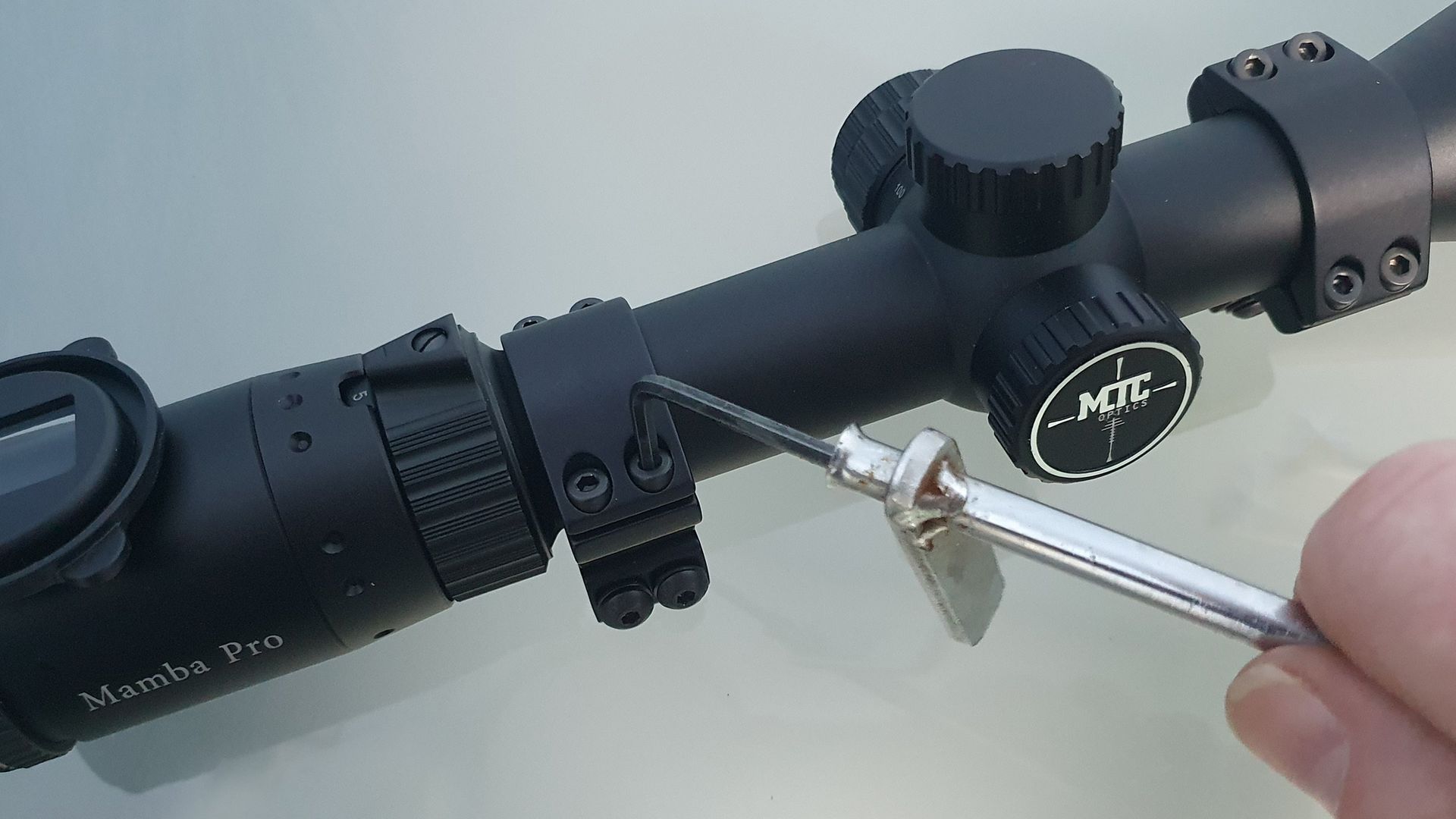 credit: Archant
credit: Archant